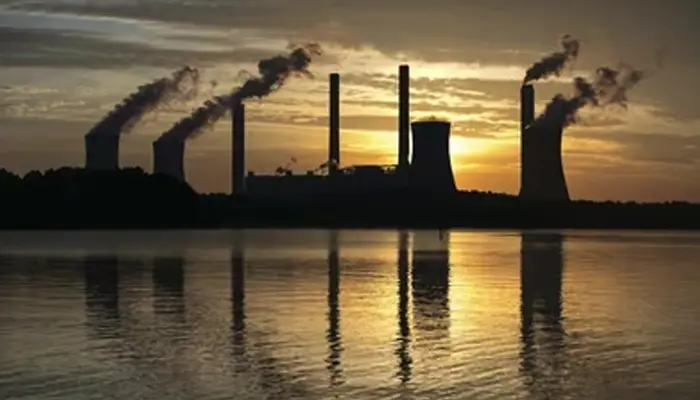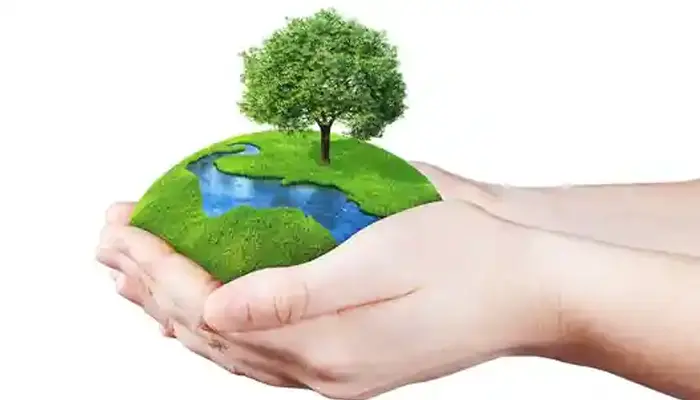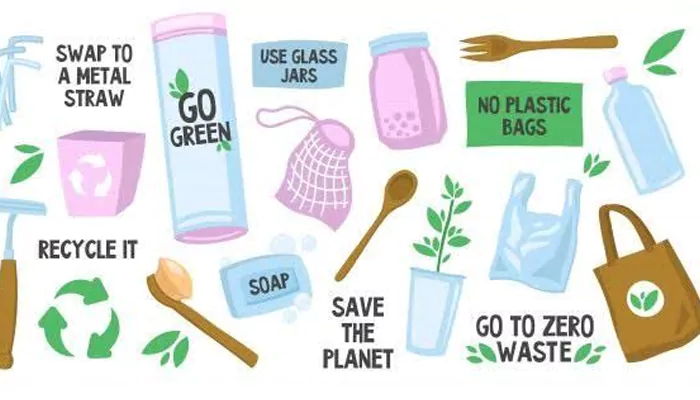
Amidst ongoing heatwave, India Meteorological Department (IMD) has predicted further rise in temperature in several parts of India.
Extreme heatwave is often considered as silent killer. We, the humans are to blame for this heatwave. The year 2023 was the hottest year since global temperature records, which was started in 1850. The result of climate change and global warming is much more visible in 21st century.
IMD Senior Scientist Dr. Naresh Kumar said, “In Delhi, our estimate is that the temperature is expected to remain around 38 degrees Celsius in the coming 2-3 days. After this, it may increase slowly by 1-2 degrees, and with it, there is a possibility of light rain tomorrow... At present, if you talk about Eastern India, the temperature has reached 44 degrees Celsius in 1-2 stations. In the next 4-5 days, the temperature can reach 44 degrees Celsius in Eastern India, and in Northwest India, there is no hope of it being near 40 or more than 41 degrees Celsius.”
If this is the condition now, what will happen in upcoming decades?
In this article, we will discuss about future trends in Indian climate.

Carbon Emission Rate in India:
Emission of green house gas is one of the major reasons behind climate change. India emits approximately 2.4 billion tons of carbon dioxide (CO2) every year, contributing around 7% of total global emissions. USA is holding the top position with 13% of CO2 emissions.
The Demand of AC in India & its Consequences:
By 2050, India will cross survivability limits, as per climate experts. By that time, the demand for air conditioners (AC) will rise by nine times in India, according to a recent report by the International Energy Agency (IEA). The hotter and wealthier India will become, Indians will buy more ACs, eventually leading to more warmer temperature.
According to he World Economic Forum (WEF) data: “Air conditioning-related greenhouse gas emissions could account for up to a 0.5 degrees Celsius rise in global temperatures by the end of the century.”

Heatwave & Socioeconomy of India:
The heatwave intensifies with rising humidity, especially in the coastal regions. As India is surrounded by ocean in three sides, it's surely going have a large impact. According to the World Bank, “India's GDP growth could slow from its earlier prediction of 6.6% to 6.3% in 2023–2024.” Heat waves may act as an obstacle to it.
India is an agriculture-dominated nation. Agriculture needs water, which is getting depleted due to rising demand, population, and global warming. As the water storage recharge is becoming uncertain due to lack of rainfall, the crisis is increasing. Broadly, the socioeconomic status of any region can be changed due to extreme heatwave.
Future of Indian Workforce:
According to the World Bank: “Given that over 75% of India's workforce depends on heat-exposed employment, labour- intensive industries risk increasing labour absenteeism and productivity loss. In India, less than 5% of fresh produce is protected by cold chain facilities, which results in an estimated $13 billion in yearly food losses.”
The International Labour Organisation predicted a reduction of working hours by 2.2% worldwide by 2030 due to heat stress.
Over the last 50 years, India has experienced over 17,000 deaths due to heat-related illnesses.

From planting more trees to using renewable energy, the options are many, but the awareness is less.
India is currently world’s fastest growing economy. Thus, balancing the rate of development while ensuring environmental protection is a huge concern.












